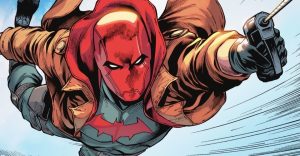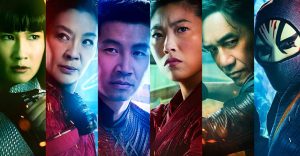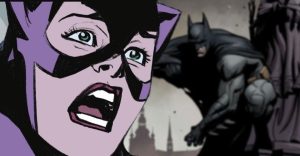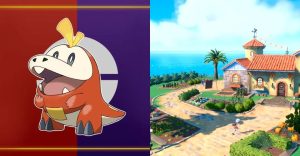How Encanto’s Colors Secretly Revealed The Movie’s Story & Twists

Warning! SPOILERS for Encanto.
Encanto is one of the most vibrant and eye-catching Disney movies ever, and its many colors actually reveal the movie’s story. The colors in the animated movie are a celebration of Colombian culture (even taking inspiration from real Colombian locations), and effectively express the fascination concerning the magical Madrigals, making the family seem convincingly larger than life. Its liveliness perfectly fits the tone of Disney movies, appeasing children and adults alike, but the colors possess much more than aesthetic value.
Colors are a key tool in many films. They are used wisely by either giving hints into a person’s true character or foreshadowing a big event in the film. The same is true for this film, too, as it deliberately uses a few key colors in the film to express the story of the Madrigals, hinting at its big twists and even implying Encanto‘s ending.
The film cleverly categorizes the sides of the Madrigal family by color, which not only makes it easier for audiences to grasp but also hints at their place within the family hierarchy. The primary sides of the family have a binary color system. Pepa’s side is primarily yellow, and Julieta’s side is blue. Abuela wears a deep royal red color, showing her status as the powerful matriarch as she stands out from everyone else. She also occasionally dons a black shawl, which shows her literally carrying her trauma. This may explain why she’s so harsh to Mirabel. Blue, yellow and red comprise the primary colors, which connects these family members together as a primary unit. Bruno’s color (green), however, doesn’t correspond, which shows that he is the ostracized Madrigal because of Bruno’s bad visions in Encanto.

These colors in Encanto stretch even deeper. Blue and yellow, when mixed together, make green. In this subtle way, Encanto shows that, whilst there are some disgruntled feelings regarding Bruno, the family as a whole never forgot about him, or intended for him to be ostracized. More interestingly, Mirabel wears the most mixed colors. Her skirt contains pinks, blues, yellows and much more. This immediately shows how attuned she is to the rest of her family, despite not having a gift herself. This echoes the ending, too, which sees her become the core of the family in many ways, possibly hinting at Mirabel replacing Encanto‘s Abuela in the future. The main color on Mirabel’s skirt is more a teal green than a strict blue, as is Julieta’s dress. This shift from a true blue into greener tones shows the two characters being the most sympathetic regarding Bruno. Mirabel is the one to coax Bruno out of hiding, and Julieta doesn’t partake in bashing her brother in ”We Don’t Talk About Bruno” like other members of the family do. These characters being coded with greener shades automatically aligns them more closely with Bruno, while hinting that he will eventually be welcomed back into the family at the end of the film.
With such an expansive lineup of characters in the film, this technique is an interesting way to add more dimension to them and make them more easily recognizable. It’s also a perfect way to non-verbally communicate to audiences the true personalities of the characters, with Mirabel’s skirt immediately showing her kindness and graciousness in a style that could make her an official Disney Princess. The colors of Encanto, then, whilst being not only incredibly pleasing to the eye, are used in interesting ways to further characterization and subtly hint at the story.
About The Author

















